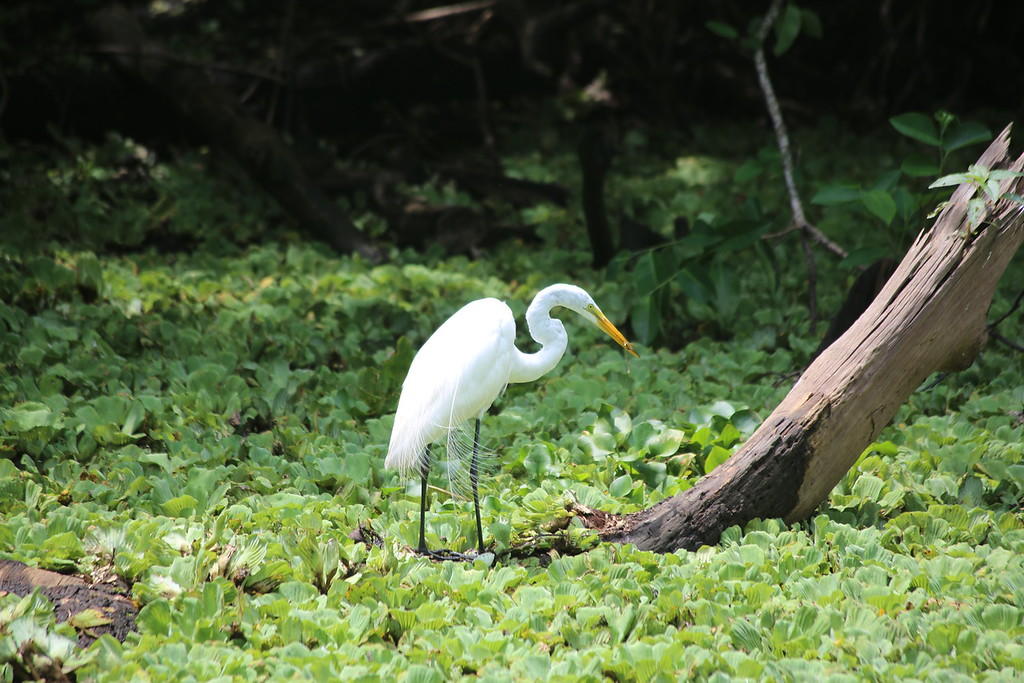
PRESS RELEASE
For Immediate Release – April 3, 2019
Contact: Steve Parker, Communications Coordinator, (239) 358-9151, sparker@audubon.org
Twitter: @AudubonFL, @CorkscrewSwamp
Audubon’s Corkscrew Swamp Sanctuary was recently recognized as the newest Wetland of Distinction by the Society of Wetland Scientists. The first wetland in the southern U.S. to obtain this recognition, the initiative was created in 2017 “to promote awareness, appreciation, and knowledge of some of the country’s most ecologically sensitive landscapes.” The Society of Wetland Scientists highlights several of Corkscrew’s exemplary ecosystem services, including aquifer recharge, flood storage, carbon storage, and water quality improvement, in addition to community services like recreation, education, and aesthetic value. They also highlight the important role the sanctuary plays as habitat for endangered species, including Wood Storks, Florida Panthers, Florida Bonneted Bats, and several species of orchids.
“We’re honored to receive this international recognition,” said Dr. Shawn Clem, Research Director, Western Everglades Research Center at Corkscrew Swamp Sanctuary. “While sanctuary visitors can easily see Corkscrew’s beauty and experience the power of ‘nature therapy,’ the importance of our wetlands for local, regional and global ecology can be more difficult to appreciate.
“Our staff takes the responsibility of protecting and maintaining Corkscrew’s natural habitats very seriously. Events of the past few years clearly demonstrate the importance of inland wetlands like Corkscrew for buffering dry season wildfires, as well as, wet season water storage, aquifer recharge, and natural cleansing of water before it reaches our treasured estuaries and beaches. Audubon’s Corkscrew Swamp Sanctuary provides incredible birding and wildlife viewing and is a true ecological treasure.”
A National Audubon Society sanctuary, Corkscrew Swamp Sanctuary’s 13,000 acres are central to the over 60,000 acre Corkscrew Regional Ecosystem Watershed. The watershed collects seasonal rainfall across the region, provides drinking water for inland and coastal residents from Naples to Estero, and provides freshwater to the Estero, Imperial, and Cocohatchee Rivers. A popular tourism destination, the remote Corkscrew Swamp Sanctuary is visited by 100,000 people from around the world each year.
Efforts to protect the sanctuary’s old-growth bald cypress from logging operations in the 1940s and 50s created the largest remaining old growth bald cypress forest in the world. These old growth bald cypress trees once supported the largest Wood Stork colony in North America, although the colony has struggled in recent decades due to changes in regional land use and hydrology, including destruction of much of the region’s unique shallow wetlands. Reversing these changes through wetland conservation and restoration has been a primary focus for Audubon and our regional partners.
Audubon’s Corkscrew Swamp Sanctuary is also recognized as an Important Bird Area (Bird Life International), a National Natural Landmark (U.S. Department of the Interior), and a Wetland of International Importance (Ramsar Convention).
To learn more about visiting the sanctuary, go to Corkscrew.Audubon.org today!
###



